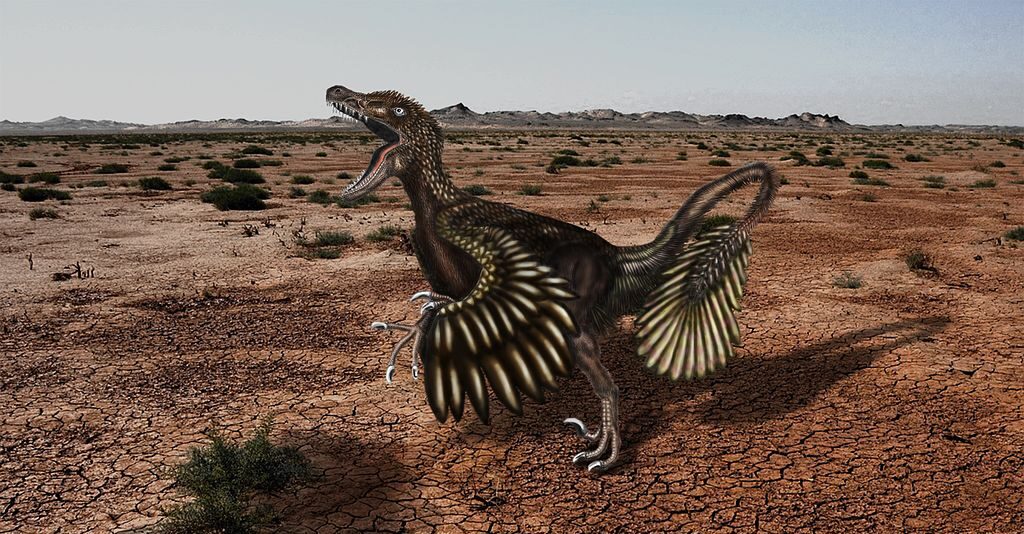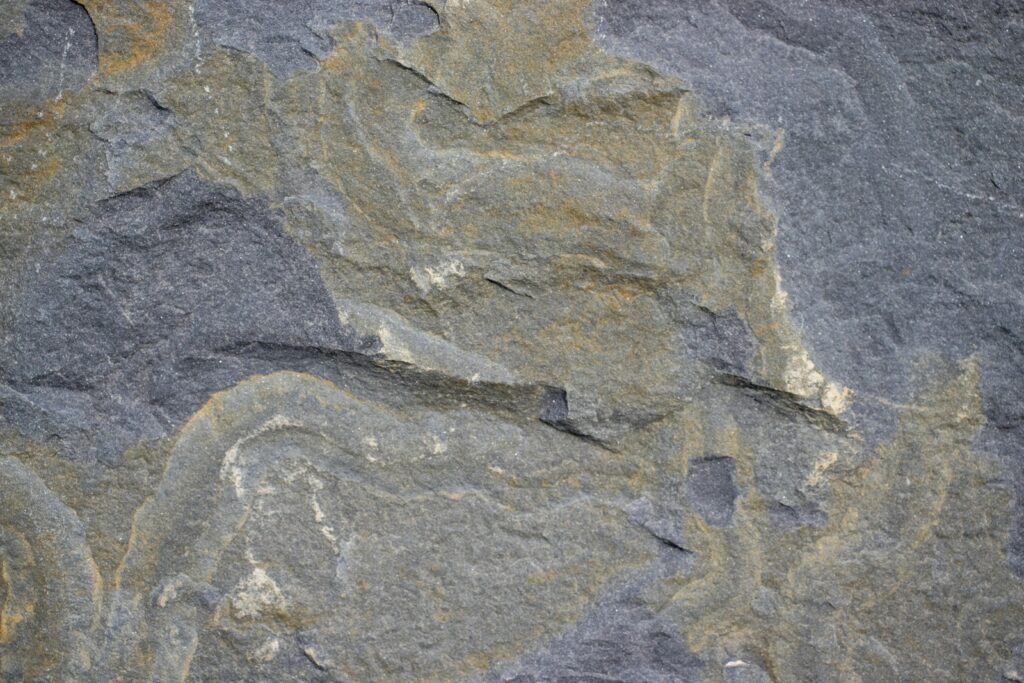The dinosaur family tree represents one of paleontology’s most fascinating classification challenges. At its core lies a fundamental division that has shaped our understanding of dinosaur evolution for over a century: the split between bird-hipped (Ornithischia) and lizard-hipped (Saurischia) dinosaurs. This division, established in 1887 by Harry Govier Seeley, remains central to dinosaur taxonomy despite ongoing revisions. The distinction primarily relates to differences in pelvic structure, but extends to numerous other anatomical features, evolutionary pathways, and ecological adaptations. This exploration delves into this pivotal split, examining how these two major dinosaur lineages diverged and developed along separate evolutionary trajectories, eventually producing the remarkable diversity of dinosaur species that dominated Earth for over 165 million years.
The Historical Classification of Dinosaurs

The foundation of dinosaur classification was established in the late 19th century when paleontologist Harry Govier Seeley first proposed the division of dinosaurs into two major groups based on their pelvic structures. In 1887, Seeley’s groundbreaking paper to the Royal Society of London formally established the Ornithischia (bird-hipped) and Saurischia (lizard-hipped) as the two primary dinosaur orders. This taxonomic framework, known as the traditional dinosaur classification system, remained relatively stable for over a century despite the discovery of thousands of new species. Interestingly, Seeley’s division came at a time when dinosaur fossils were still relatively rare, making his insight all the more remarkable. The endurance of his classification system speaks to both its utility and the fundamental nature of this anatomical distinction, though recent phylogenetic analyses have begun to question some aspects of this traditional arrangement while still acknowledging the significance of these two distinct anatomical patterns.
Anatomy of the Dinosaur Hip: Ornithischia vs. Saurischia

The primary distinction between Ornithischia and Saurischia lies in their pelvic structure, specifically the arrangement of three bones: the ilium, ischium, and pubis. In ornithischians (bird-hipped dinosaurs), the pubis bone points backward, parallel to the ischium, creating a structure superficially similar to that of modern birds. Saurischians (lizard-hipped dinosaurs), contrastingly, feature a pubis bone that projects forward, more like the arrangement seen in modern reptiles and most other vertebrates. This fundamental difference served as the basis for Seeley’s classification and reflects deeper evolutionary divergences. Ironically, despite the nomenclature, birds evolved from lizard-hipped dinosaurs (specifically theropods), not from the bird-hipped group. The bird-like pelvis of ornithischians represents a case of convergent evolution, developing independently from the similar structure seen in modern birds. These pelvic differences likely reflect adaptations to different diets, locomotion styles, and digestive requirements between the two major dinosaur lineages.
The Ornithischian Dinosaurs: Characteristics and Diversity

Ornithischian dinosaurs, despite their bird-like hip structure, were exclusively herbivorous, developing numerous adaptations for processing plant material. A defining feature beyond their pelvis was the presence of a predentary bone, a unique structure at the front of the lower jaw that helped form a beak-like apparatus for cropping vegetation. Ornithischians also typically possessed cheek teeth specialized for grinding plant matter and often displayed various forms of armor, frills, or horns for defense against predators. This diverse group encompassed several major subgroups, including the tank-like ankylosaurs with body armor and tail clubs, the horned ceratopsians like Triceratops, the dome-headed pachycephalosaurs, the plated stegosaurs, and the duck-billed hadrosaurids. Ornithischians ranged from small bipedal forms like Heterodontosaurus to massive quadrupedal species like Shantungosaurus, which could reach lengths of over 50 feet. Their evolutionary innovations for herbivory allowed them to occupy diverse ecological niches throughout the Mesozoic Era.
The Saurischian Dinosaurs: Characteristics and Diversity

Saurischian dinosaurs encompassed two seemingly disparate groups: the primarily carnivorous theropods and the long-necked herbivorous sauropodomorphs. Despite their different diets and appearances, both shared the lizard-hip configuration with the pubis pointing forward. Theropods, from which modern birds evolved, were mostly bipedal predators characterized by hollow bones, three-fingered hands, and serrated teeth for slicing flesh. This group included famous predators like Tyrannosaurus rex and Velociraptor, as well as the ancestors of birds. Sauropodomorphs, by contrast, evolved into the largest land animals ever, with species like Argentinosaurus potentially reaching lengths of over 100 feet. These gentle giants featured extremely long necks, small heads, column-like legs, and often whip-like tails. Early saurischians like Herrerasaurus appeared in the Late Triassic period, establishing the foundation for both the largest land animals and the most fearsome predators of the dinosaur era. The remarkable diversity within Saurischia demonstrates how a single ancestral body plan could diversify into radically different forms through evolutionary adaptation.
Evolutionary Timeline: When Did the Split Occur?

The evolutionary divergence between Ornithischia and Saurischia occurred approximately 230-245 million years ago during the Middle to Late Triassic period. This timing places the split relatively early in dinosaur evolutionary history, following the devastating Permian-Triassic extinction event that had cleared ecological niches for new vertebrate groups to exploit. Fossil evidence suggests that both lineages were already distinct by the Late Triassic (approximately 230 million years ago), with early representatives of both groups present in the fossil record. The oldest known definitive ornithischian is Pisanosaurus from Argentina, dating to about 228 million years ago, while early saurischians like Eoraptor and Herrerasaurus date to similar periods. The relatively rapid diversification following the split indicates that these different pelvic arrangements provided significant evolutionary advantages in different ecological contexts. This early divergence allowed both lineages ample time to diversify extensively throughout the remaining 165 million years of the Mesozoic Era, creating the remarkable variety of dinosaur forms known from the fossil record.
Dietary Adaptations: Herbivory vs. Omnivory/Carnivory

The split between Ornithischia and Saurischia corresponds closely with dietary specializations that would define these lineages. Ornithischians were universally herbivorous, evolving numerous adaptations for plant consumption, including specialized dentition, jaw mechanics for grinding vegetation, and likely complex digestive systems. Their backward-pointing pubis may have accommodated larger digestive tracts needed for fermenting fibrous plant material. Saurischians, by contrast, showed greater dietary diversity. Theropods were primarily carnivorous, with sharp teeth, binocular vision, and grasping hands evolving for predation, though some later forms would develop omnivorous or herbivorous diets. Sauropodomorphs began as likely omnivores before evolving into specialized high-browsing herbivores with their distinctive long necks. This dietary divide between the two major dinosaur groups suggests that different feeding strategies may have been a significant driver of their evolutionary divergence. The separation of these lineages allowed for specialized adaptation to different food resources, reducing competition and enabling both groups to thrive simultaneously throughout the Mesozoic Era.
Locomotion Differences Between the Two Groups
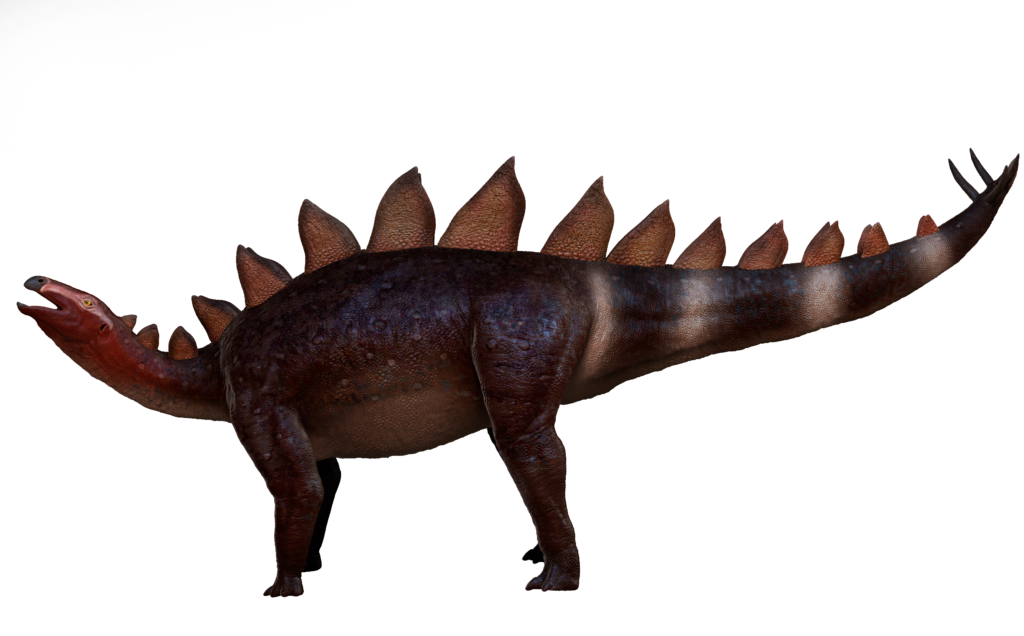
Locomotion patterns diverged significantly between ornithischians and saurischians, reflecting their different ecological adaptations and evolutionary histories. Early members of both groups were likely bipedal, but their evolutionary trajectories led to different locomotor specializations. Many ornithischians evolved toward facultative or obligate quadrupedalism, particularly larger species like ceratopsians, stegosaurs, and ankylosaurs. This shift to four-legged locomotion allowed for the development of defensive structures and larger body sizes while maintaining stability. Saurischians displayed more varied locomotion patterns, with theropods remaining primarily bipedal throughout their evolution (ultimately leading to the bipedal structure of modern birds), while sauropodomorphs evolved into quadrupedal giants. The different hip structures may have influenced these locomotion patterns, with the ornithischian pelvis potentially providing advantages for supporting heavy digestive tracts and defensive structures. Interestingly, the evolution of bipedalism to quadrupedalism occurred independently multiple times among ornithischians, suggesting strong selective pressure for this locomotor mode in herbivorous dinosaurs requiring defense against predators.
Recent Challenges to the Traditional Classification
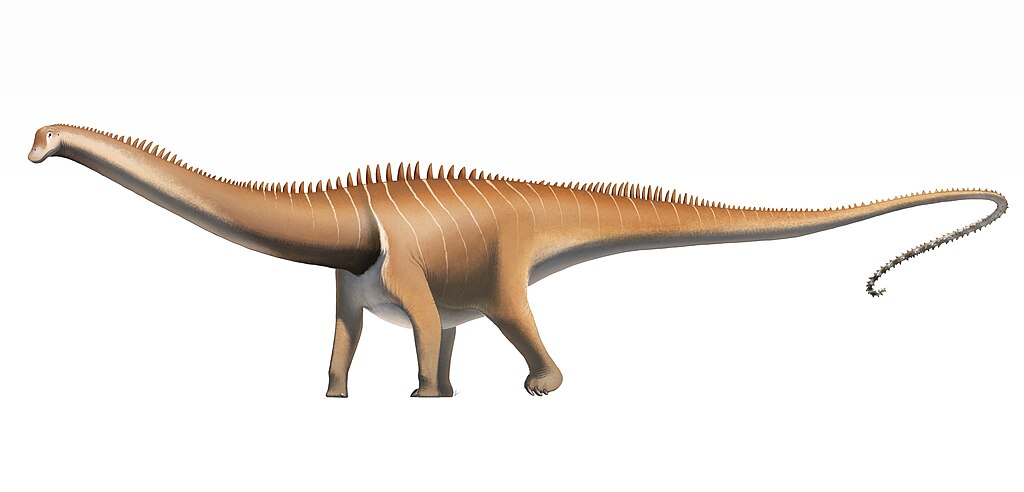
The long-standing Ornithischia-Saurischia division faced a significant challenge in 2017 when a team led by Matthew Baron published a controversial paper in Nature suggesting a radical reorganization of the dinosaur family tree. Their phylogenetic analysis proposed grouping theropods with ornithischians in a new clade called Ornithoscelida, leaving sauropodomorphs as the outgroup. This hypothesis, based on a comprehensive analysis of dinosaur anatomical features, challenged the 130-year consensus on dinosaur relationships. The study identified numerous shared characteristics between theropods and ornithischians not found in sauropodomorphs, suggesting closer evolutionary kinship than previously recognized. However, subsequent analyses by other research teams have produced mixed results, with some supporting aspects of the traditional classification while others finding evidence for the new arrangement. This ongoing debate highlights how even well-established taxonomic frameworks remain subject to revision as new fossils are discovered and analytical methods improve. Regardless of how this debate resolves, the distinctive anatomical patterns that define bird-hipped and lizard-hipped configurations remain important evolutionary developments in dinosaur history.
Evolutionary Success: Distribution and Abundance

Both ornithischians and saurischians achieved remarkable evolutionary success throughout the Mesozoic Era, though their patterns of dominance shifted over time. Saurischians appeared slightly earlier in the fossil record and achieved greater diversity during the Late Triassic and Early Jurassic periods. Theropods established themselves as apex predators across terrestrial ecosystems, while sauropodomorphs rapidly evolved into the dominant large herbivores. Ornithischians, by contrast, remained relatively limited in diversity until the Mid-Jurassic, when they underwent significant adaptive radiation. By the Cretaceous period, ornithischians had diversified dramatically, with groups like ceratopsians, ankylosaurs, and hadrosaurs becoming abundant across the Northern continent, especially. Geographical distribution also showed interesting patterns, with some groups showing distinct regional concentrations due to continental fragmentation. Some evidence suggests that ornithischians may have been more abundant in northern continents (Laurasia), while certain saurischian groups thrived in southern continents (Gondwana), though both groups achieved global distribution. This changing pattern of dominance through the Mesozoic demonstrates how evolutionary success can fluctuate over time, with each group experiencing periods of expansion and contraction.
The Connection to Modern Birds: Avian Evolution
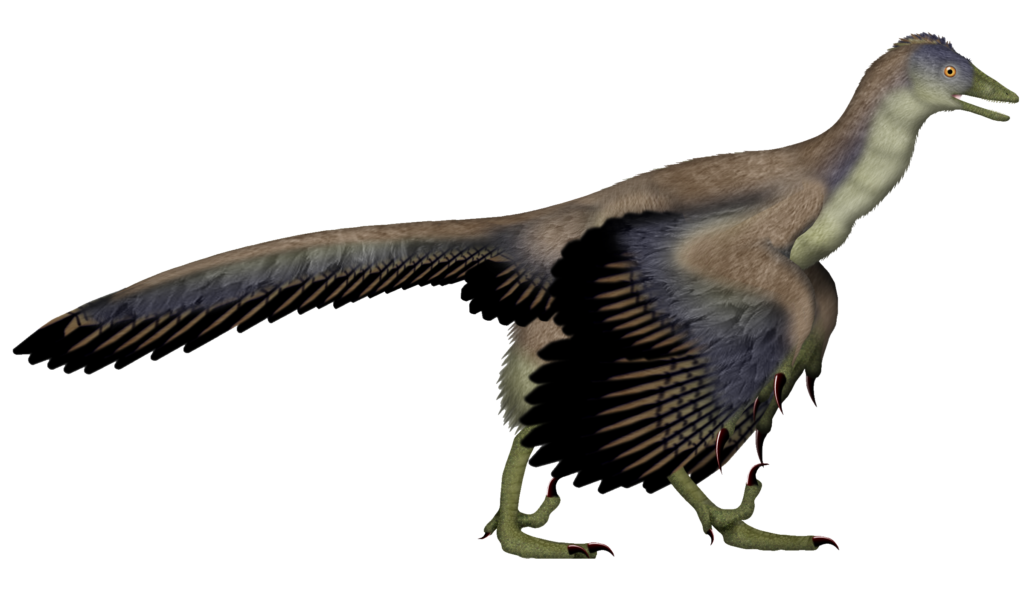
Perhaps the most fascinating aspect of dinosaur taxonomy is that modern birds evolved from saurischian dinosaurs, specifically from a group of theropods called maniraptorans, not from the “bird-hipped” ornithischians as one might intuitively expect. This evolutionary relationship is supported by overwhelming fossil evidence, including transitional forms like Archaeopteryx, Microraptor, and numerous other feathered dinosaurs from deposits in China and elsewhere. Birds retain the fundamentally saurischian hip structure, though it has been modified through evolution. The backward-pointing pubis evolved independently in birds and ornithischians through convergent evolution, likely in response to similar selective pressures. In birds, this pelvic arrangement may relate to egg-laying requirements and weight distribution for flight. The evolution of birds from theropod dinosaurs represents one of the most well-documented major evolutionary transitions in the fossil record, with numerous intermediate forms showing the gradual acquisition of avian features. This evolutionary heritage means that birds are, in a very real sense, living dinosaurs—the sole survivors of the once-dominant saurischian lineage that has continued to thrive and diversify for over 150 million years since the extinction of their non-avian relatives.
Extinction Patterns: How Did the Split Affect Survival?

The end-Cretaceous mass extinction event, approximately 66 million years g o ,eliminated all non-avian dinosaurs regardless of their classification as ornithischian or saurischian. However, examination of dinosaur diversity leading up to this extinction reveals interesting patterns that may relate to their evolutionary divisions. Some evidence suggests that certain ornithischian groups, particularly in North America, were already experiencing diversity declines in the late Cretaceous before the asteroid impact, possibly due to environmental changes or competitive pressures. Saurischians, particularly theropods, maintained relatively stable diversity until the extinction event. Most significantly, only one dinosaur lineage survived the catastrophe—the avian theropods (birds), representing a small branch of the saurischian family tree. Their survival may be attributed to their small body size, flight capability, endothermy, and relatively advanced metabolic and sensory adaptations. Some researchers have suggested that the evolutionary innovations that occurred within maniraptoran theropods, including enhanced brain size, vision, and metabolic efficiency, may have contributed to birds’ survival abilities. This selective survival pattern demonstrates how evolutionary history can influence extinction vulnerability, with only certain adaptations proving beneficial during catastrophic events.
Ecological Significance of the Hip Structure Difference

The hip structure differences between ornithischians and saurischians likely held substantial ecological significance beyond mere anatomical classification. The ornithischian pelvis, with its backward-pointing pubis, may have accommodated larger digestive tracts necessary for processing fibrous plant material through fermentation, similar to modern herbivorous mammals. This adaptation would have been particularly important for the efficient extraction of nutrients from the relatively low-quality plant material available during the Mesozoic, before the evolution of flowering plants. The saurischian pelvis maintained the ancestral condition with forward-pointing pubis, which proved adaptable for both predatory theropods and the massive sauropods. In theropods, this configuration supported bipedal locomotion optimized for pursuit predation, while in sauropods, it accommodated their unique weight distribution requirements. These different pelvic configurations likely influenced other aspects of biology, including reproductive strategies, locomotion mechanics, and even thermoregulation. The ecological adaptations enabled by these different pelvic arrangements allowed ornithischians and saurischians to partition resources and ecological niches, reducing direct competition and enabling both groups to diversify extensively throughout their evolutionary history.
Using Hip Structure in Paleontological Identification

Pelvic structure remains one of the most reliable anatomical features for classifying dinosaur fossils, even fragmentary ones, into their major evolutionary groups. When paleontologists discover dinosaur remains in the field, the presence of a backward-pointing pubis provides immediate evidence for ornithischian affinity, while a forward-pointing pubis suggests saurischian relationship. This distinctive anatomical difference allows for quick preliminary identification that can guide further excavation efforts and research directions. Beyond the basic orientation, subtle details of pelvic morphology can help identify specimens to more specific taxonomic levels, as different subgroups evolved distinctive modifications to the basic patterns. For instance, the pubis in advanced theropods began evolving a posterior projection called the boot, representing an early step toward the fully reversed pubis seen in birds. Similarly, various ornithischian groups developed specialized pelvic features related to their specific ecological adaptations. The preservation of pelvic elements is particularly valuable in dinosaur paleontology because these robust bones often survive the fossilization process better than more delicate skeletal components, making them a frequent identification tool in the field and laboratory.
Conclusion

The division between bird-hipped and lizard-hipped dinosaurs represents one of the most fundamental aspects of dinosaur evolution and classification. While recent research has questioned aspects of the traditional taxonomic framework, the distinctive pelvic configurations of ornithischians and saurischians remain significant evolutionary developments that influenced numerous aspects of dinosaur biology, ecology, and evolutionary history. These different hip structures enabled diverse adaptations, from the heavily armored bodies of ornithischians to the massive size of sauropods and the agility of theropods. Perhaps most remarkably, it was from the lizard-hipped dinosaurs that birds evolved—a surprising twist given that ornithischians, or “bird-hipped” dinosaurs, did not give rise to birds. Instead, it was the theropod branch of the saurischians that underwent dramatic evolutionary changes, eventually leading to the emergence of flight and the vast diversity of avian species we see today. This paradox highlights the complexity of evolutionary pathways and the importance of skeletal adaptations, like the hip structure, not only in locomotion and posture but also in the broader trajectory of life on Earth.

